Contents
Zucchini is a very common crop among gardeners, since it is not very difficult to grow it, it does not require special care. The fruits of this plant are very tasty, have a delicate taste and dietary properties. You can cook a huge number of dishes from zucchini and make preparations for the winter.

What are parthenocarpic varieties
Now more and more bags with seeds of zucchini and other crops appear in agricultural stores, on which there is an inscription “parthenocarpic”. What does this mean? Until now, many gardeners do not know the meaning of this word or misunderstand it.
Often in brackets next to this incomprehensible inscription they write a self-pollinated variety. But it should be said that parthenocarpic and self-pollinated varieties do not mean the same thing. Parthenocarpic squash is a culture that forms fruits without pollination. In this case, the zucchini themselves will not have seeds inside.
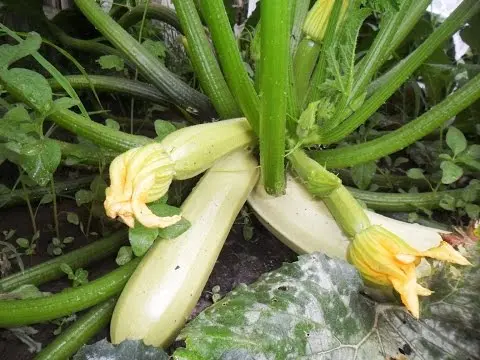
Self-pollination is a completely different process, in which pistils and stamens from the same flower are capable of pollination without the participation of insects. These zucchini grow with seeds.
Some growers write “self-pollinated variety” next to the word parthenocarpic – “a variety that does not require pollination” instead. This wording would be more correct. Parthenocarpic squash is needed in order to grow them where there are no insects or there are not enough of them for pollination. This is often the case in greenhouses, but zucchini is mostly grown outdoors, so parthenocarpic varieties can be used to avoid waiting too long for ovaries to appear.
Varieties of squash parthenocarpic species
There are not too many varieties of parthenocarpic squash. In this section, we will describe each of them.
Parthenon

This hybrid of a parthenocarpic variety has a bush of medium vigor. Fruits at maturity, medium size, dark green with glossy reflections. Their shape is cylindrical straight, without bends. The pulp under the thin skin is dense with high palatability. Mature zucchini of this variety perfectly tolerate transportation and long-term storage in a cellar.
Thanks to parthenocarpy, this variety can be grown under unfavorable conditions for insects. These are greenhouses, rainy and very hot days. Because of this, the yield of the variety does not fall due to such conditions. The value of the variety is that it is resistant to powdery mildew.
Cavili
This variety can be called the leader of the world selection. The fruits appear without the participation of bees and other insects. The variety belongs to early ripening, the fruit ripening period from the first shoots is 43 days. The plant is a compact shrub with internodes. Mature zucchini reach a length of 22 cm, their shape is cylindrical, the skin is a pleasant light green color. Under the skin is a white tender pulp, which has a pleasant taste.
Zucchini varieties Kavili tolerate transportation very well and are suitable for long-term storage. The variety is resistant to powdery mildew.
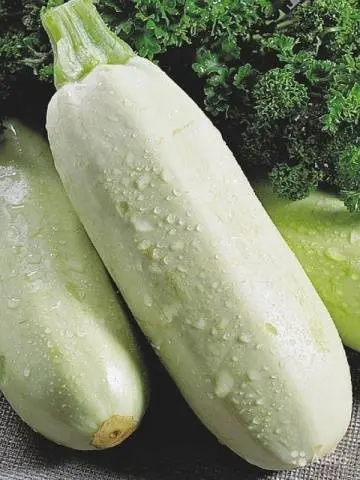
In order to effectively grow this particular variety of zucchini, you need to know some rules:
- The soil for planting zucchini should be light.
- Before planting a variety in the fall, the soil is prepared. Namely, compost is introduced. As an alternative, you can use hay, sawdust of deciduous trees, green manure cutting, a mixture of ash and superphosphate.
- In the spring, the earth is not dug up, but simply processed with a rake to give fluffiness.
- Planting holes are treated with a solution of azofoska and humic fertilizer. This recharge is made a week before planting.
- It is not necessary to soak the zucchini seeds before sowing.
- Sowing is done in early June. Seed consumption per 1 square meter – 3 pieces. The seed is laid to a depth of about 5 cm, and then watered abundantly.
- After planting, mulching is carried out with hay, sawdust or peat chips.
Dry F1
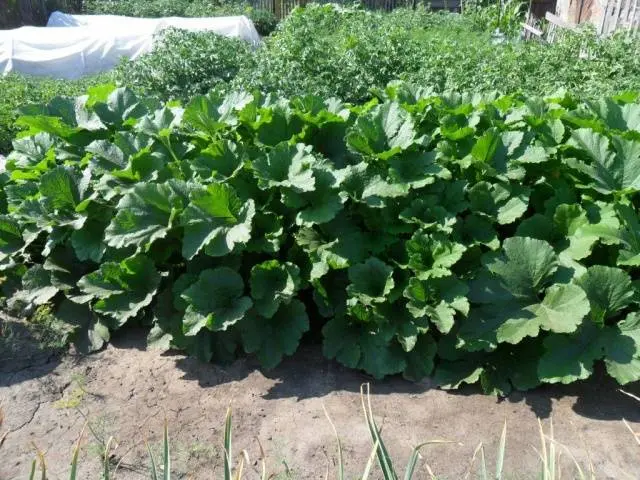
The variety is high yielding. The period from the first sprouts to fruit ripeness is 40-50 days. The culture has a compact upright bush. Zucchini grows smooth, light green in color and cylindrical in shape. If there is a situation of overgrowth of zucchini, then its flesh does not coarsen. The pulp of zucchini is white dense, but at the same time tender and juicy with excellent taste.
The variety is valuable because it is resistant to diseases that occur under wet conditions, as well as to mosaic viruses of the yellow type of zucchini and watermelon mosaic. The hybrid can be grown both under film and in open ground. Suitable for preparing various dishes and for preparations.
Belogor F1
The hybrid belongs to the early maturing. From the moment of germination to fruit ripening, about 45 days pass. You can grow a variety as a seedling method, and planting directly into the ground. Seedlings of zucchini are sown in April, and transplanted into the ground in May-early June. The plant is a compact shrub. Ripe fruits are cylindrical in shape, weighing about 1 kg. Their color is greenish-white, the pulp is medium-juicy, pleasant to the taste.

The yield of the variety is 10 – 15 kg per 1 square meter. The value of the hybrid is to resist powdery mildew, anthracnose, gray rot, bacteriosis. The grade is recommended for the direct use in food and for processing, for preparation of caviar.
White Swan
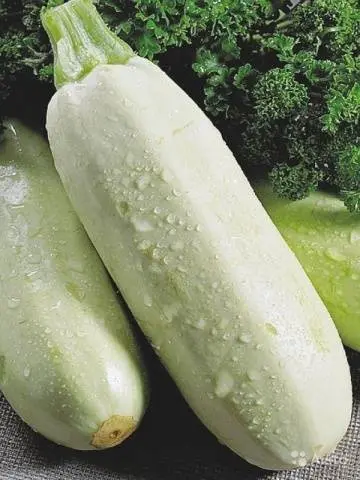
The variety belongs to the early ripening period, the maturity period is approximately 50 days. Fruits of white color are even cylindrical in shape, their weight is about 800 grams. Mature zucchini perfectly tolerate transportation and storage. The pulp of zucchini is medium firm and tender, it has excellent characteristics in its preparation.
The value of the variety is determined by resistance to powdery mildew.
Apollo F1
The variety is very early, the period of fruit ripening from seedlings is about 40 days. The culture is a powerful bush plant with many leaves. Mature zucchini is light green in color with white specks. They reach a weight of 1 kg and a length of 40 cm. The pulp of the fruit is dense and white with good taste.
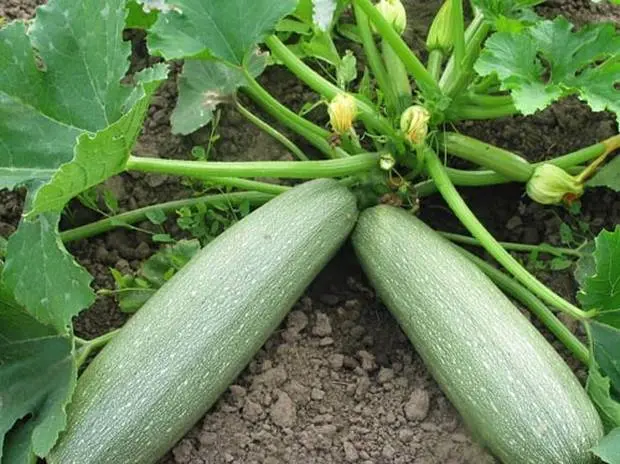
The value of the variety is resistance to powdery mildew. Shade tolerance and resistance to low temperatures, high yield regardless of weather conditions. This variety is suitable for commercial cultivation. Zucchini of this variety are perfect for canning and cooking caviar.
Growing and Harvesting Tips
Summer in central Our Country is usually quite unpredictable. The weather can be comfortable for growing zucchini for one week, and the remaining three weeks of the month can be rainy or dry. Therefore, it is parthenocarpic varieties that are perfect for such conditions, because there will be no need to worry about the pollination of zucchini.
For zucchini, those places where potatoes, cabbage or onions bore fruit last year are best suited. The soil should never be acidic. If its acidity is increased, then such earth should be diluted with dolomite flour or powdered chalk.
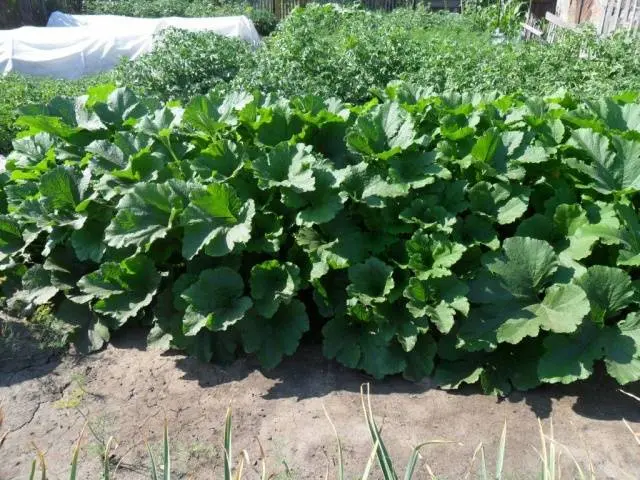
If there are any problems with the leaves and shoots of zucchini, for example, fungal or viral infections appear, then the damaged foliage is torn off and thrown out of the garden. After, the remaining zucchini bushes are sprayed with a solution of 1 teaspoon of shower gel and the same amount of soda ash, diluted with 10 liters of water. In order for zucchini to grow healthy and bear fruit as much as possible, they need:
- watering. For the full development of zucchini, 20 liters of water per 1 square meter are needed so that the roots that have grown over a large area can be fed.
- Good soil. The soil must pass water, oxygen and heat, and for this it needs constant loosening.
- Periodic feeding.
- Weed removal.
You also need to try to remove ripe zucchini on time. This will give you even more yield. A ripe fruit differs from an unripe one in a dull sound, as well as in the skin, which becomes harder.
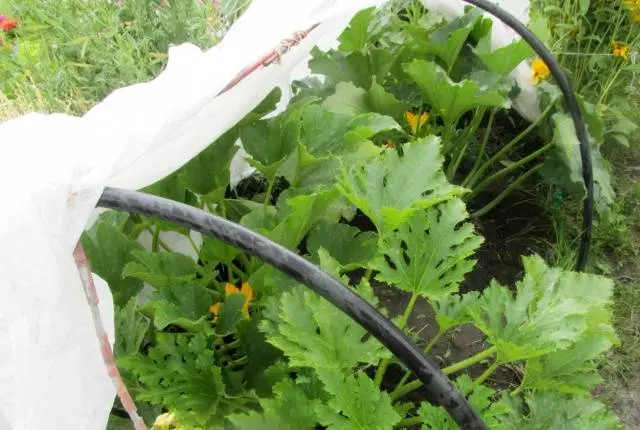
Removed zucchini can be stored for up to five months in a dark, cool place. If too many vegetables have grown, then it is better to freeze or preserve some of them.
Zucchini is a plant that is very fond of the s. And in order to have a good harvest on the table, regardless of weather conditions, you can grow parthenocarpic varieties that will ripen early and with a high yield.









